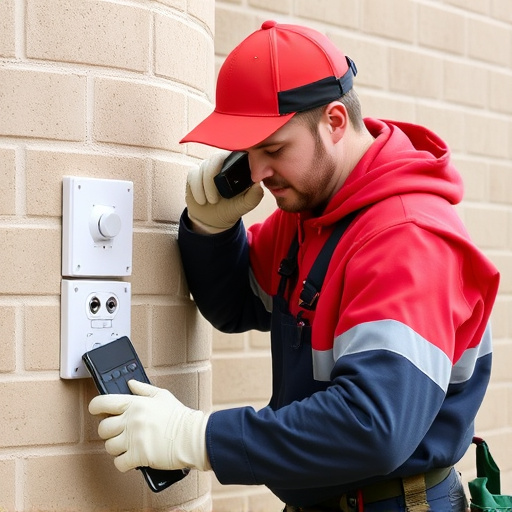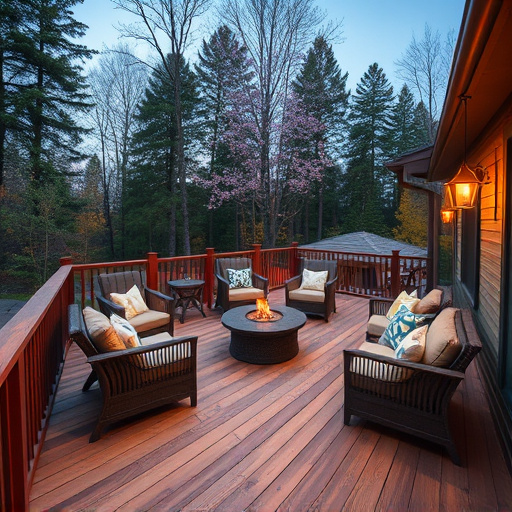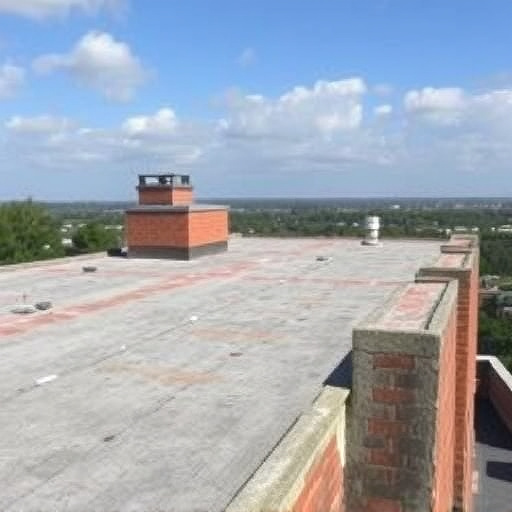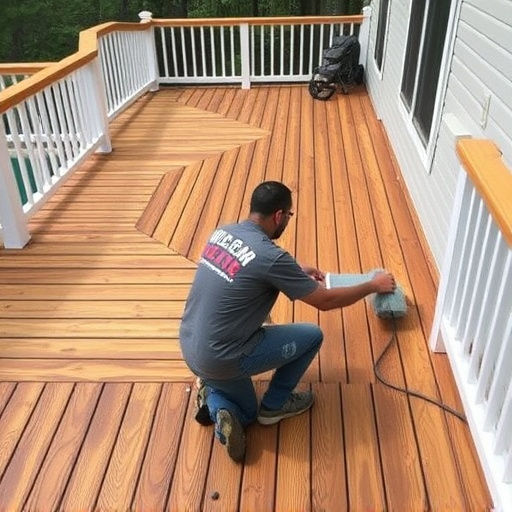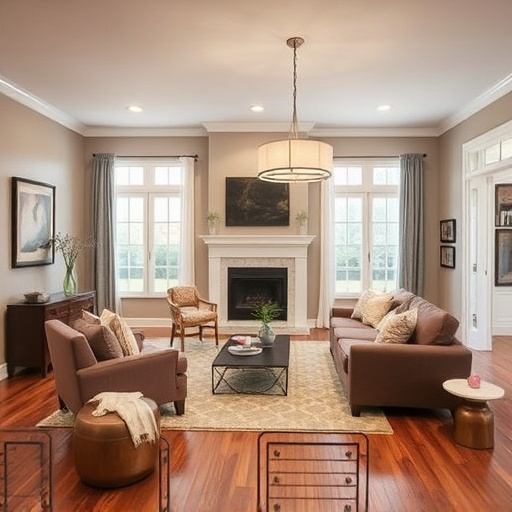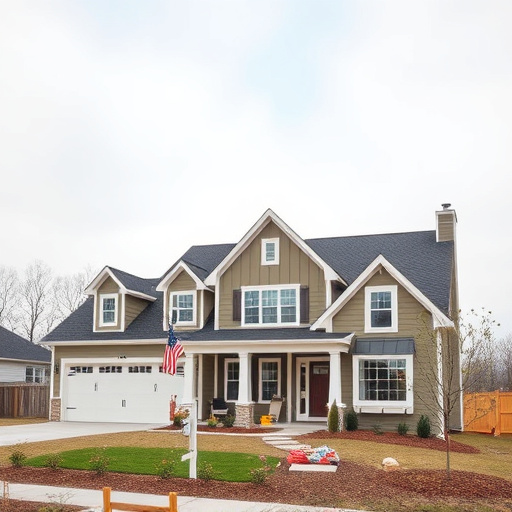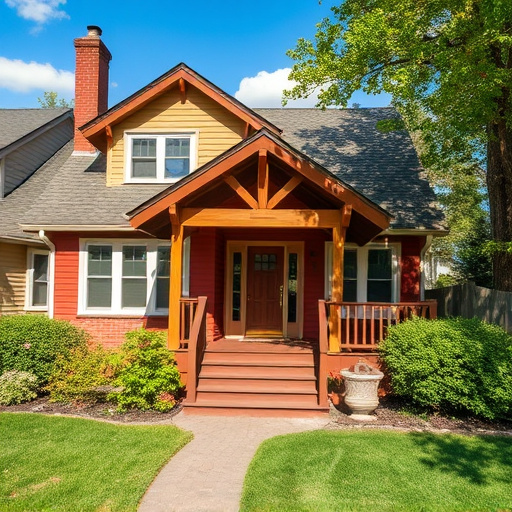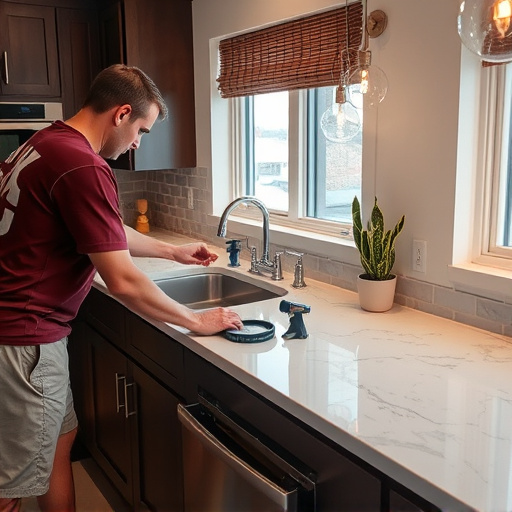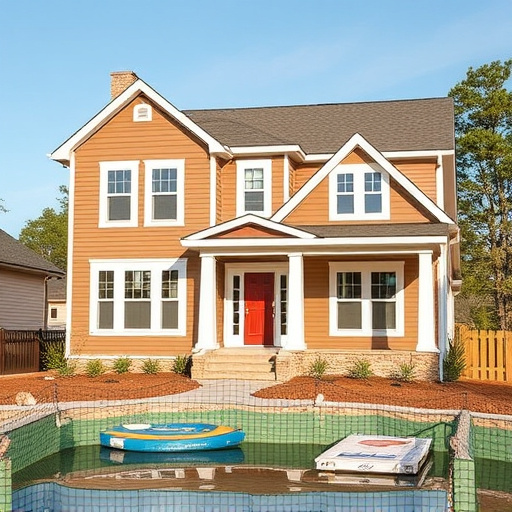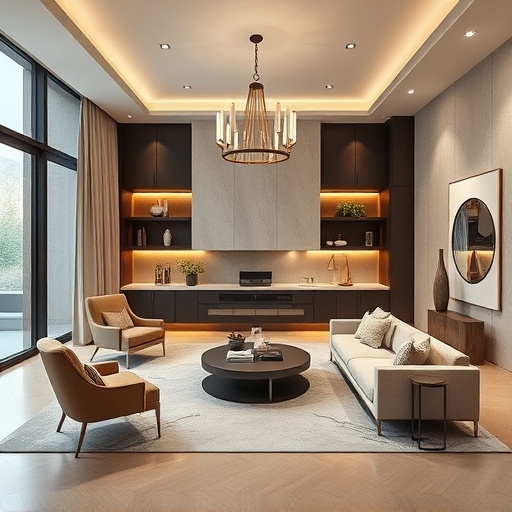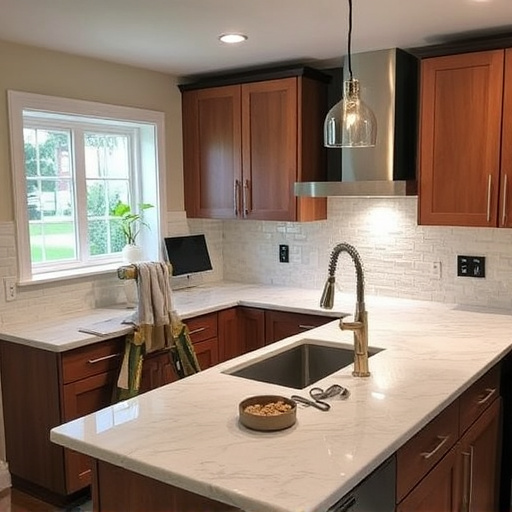Proper bathroom remodeling requires strategic ventilation to manage moisture, humidity, and odors, creating a comfortable and healthy space. This involves thoughtful planning for vent placement, material selection, and design encouraging cross-ventilation. Key elements include exhaust fans, insulation, sealing, and innovative solutions like skylights or HRVs for energy efficiency. By integrating proper ventilation, bathroom renovations achieve optimal air quality, prevent mold growth, and enhance aesthetics with modern smart home technology.
“Elevate your bathroom remodeling project with optimal ventilation—a key component often overlooked but crucial for both functionality and aesthetics. This guide explores the essential role of ventilation in creating a comfortable, healthy, and stylish bathroom space. We’ll delve into understanding specific ventilation needs in bathrooms, uncovering the vital components of efficient systems, and offering creative design solutions to seamlessly integrate ventilation into your renovation plans.”
- Understanding Ventilation Needs in Bathrooms
- Essential Components for Efficient Ventilation Systems
- Creative Ways to Integrate Ventilation in Bathroom Remodeling Design
Understanding Ventilation Needs in Bathrooms
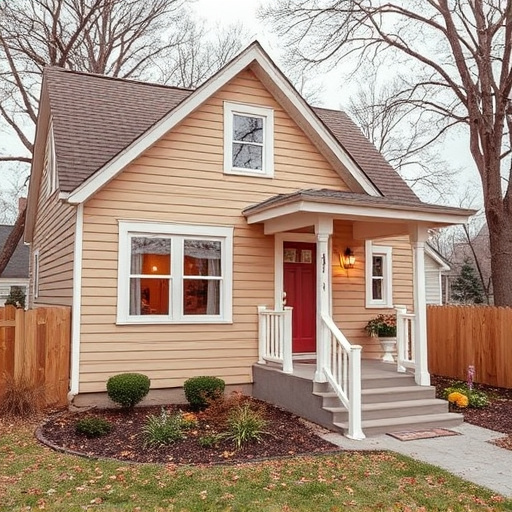
In the realm of bathroom remodeling, understanding ventilation needs is paramount to creating a functional and comfortable space. Bathrooms are environments where moisture and humidity thrive, making proper air circulation essential to prevent mold growth and ensure optimal air quality. Unlike kitchens or living rooms, bathrooms require specific ventilation strategies tailored to mitigate steam buildup and odors.
Effective ventilation in bathroom remodeling involves more than just installing an exhaust fan. It includes considering the placement of vents, the type of materials used, and how these factors interact with the overall design. For instance, when planning floor replacements or renovation services, it’s crucial to ensure adequate space for air movement. Properly designed bathroom layouts allow for cross-ventilation, leveraging windows and doors to complement exhaust fans. This holistic approach, focusing on both practical needs and aesthetic considerations, ensures that your renovated bathroom not only looks stunning but also breathes easily.
Essential Components for Efficient Ventilation Systems
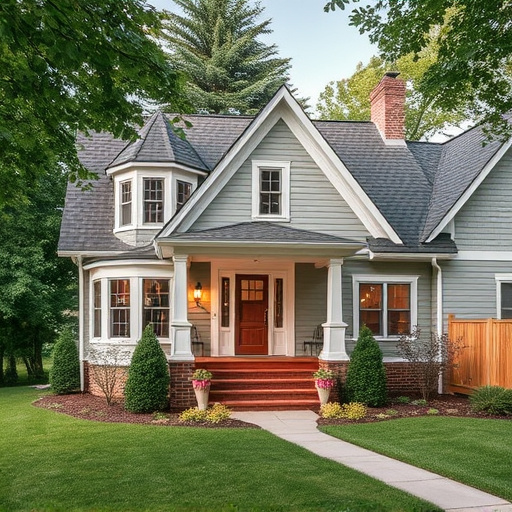
Efficient ventilation is a cornerstone of any successful bathroom remodeling project. To ensure optimal air quality and prevent moisture buildup – leading causes of mold and mildew – incorporate key components into your design. First, consider installing exhaust fans strategically placed in corners or near showers to swiftly remove humid air. These fans should be linked to a control system that operates automatically when the bathroom door is opened, enhancing energy efficiency.
Second, integrate an efficient ventilation system that includes proper insulation and sealing around windows and doors. This prevents external air from seeping in while ensuring stale indoor air escapes freely. Additionally, think about incorporating heat recovery ventilators (HRVs) for residential renovations, offering a game-changing solution by recycling warm air from showers or baths to preheat incoming cold air. Such customized work not only enhances comfort but also significantly reduces heating costs, making it a smart investment in your home improvement services.
Creative Ways to Integrate Ventilation in Bathroom Remodeling Design

Integrating proper ventilation into bathroom remodeling design is both an art and a science. Creative strategies can enhance aesthetics while ensuring optimal air quality. Consider incorporating subtle yet efficient solutions like skylights or roof windows, which not only introduce natural light but also allow for passive ventilation, reducing humidity levels naturally. For a modern twist, concealed vents disguised as decorative elements, such as stylish registers or even artwork, can blend seamlessly into the design without compromising functionality.
In residential renovations, especially bathroom remodels, strategic planning is key. Utilize exhaust fans with timer or motion-activated mechanisms to control ventilation effectively. These features ensure that humidity is removed promptly during and after showers, preventing mold growth and ensuring a fresh environment. Additionally, consider integrating smart home technology for automated ventilation control, allowing you to adjust settings based on real-time needs, making your bathroom renovations not just an upgrade but a truly modern living space.
When undertaking a bathroom remodeling project, proper ventilation is key to creating a comfortable and healthy space. By understanding the specific needs of your bathroom, selecting efficient components, and creatively integrating ventilation solutions into your design, you can ensure optimal air quality and enhance the overall experience. Implement these tips for successful bathroom remodeling that prioritizes ventilation, making your space not just aesthetically pleasing but also practical and enjoyable.

